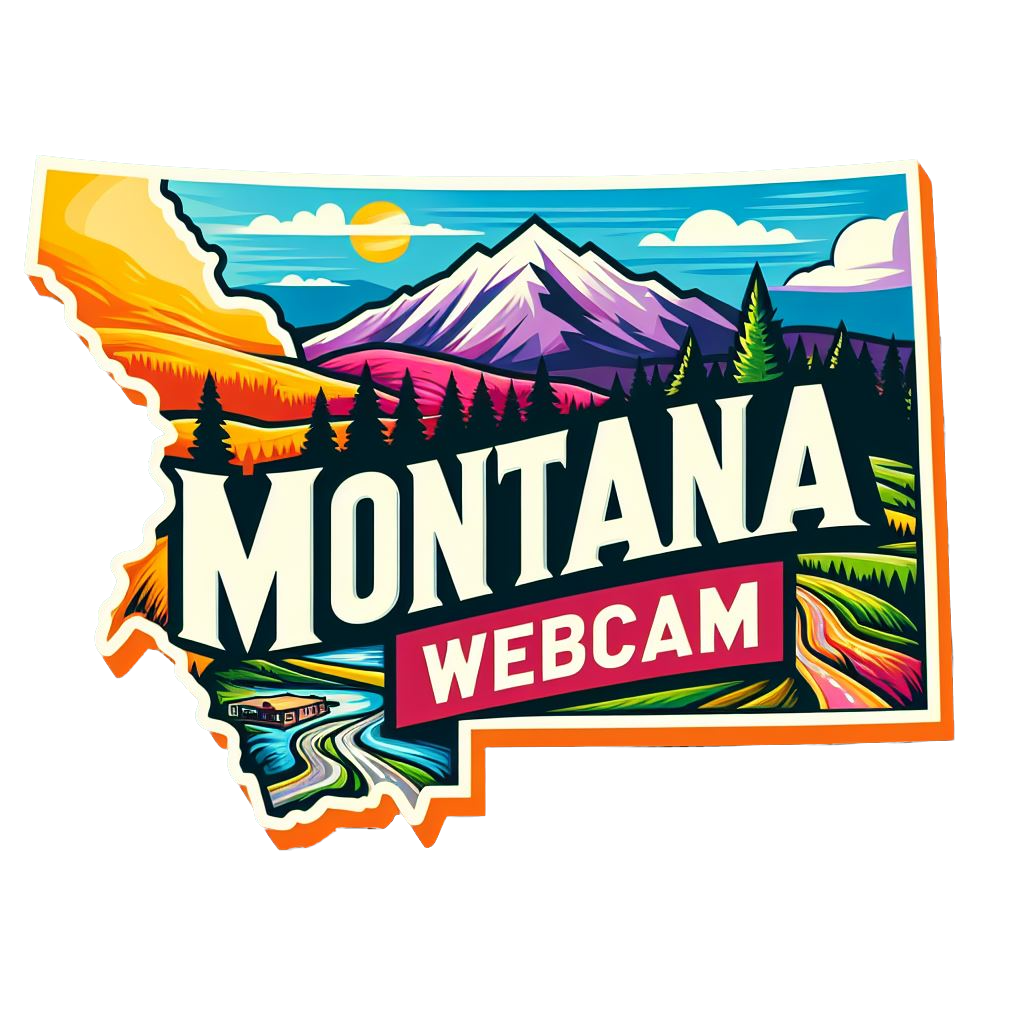Glasgow, MT Weather Cams
Glasgow Valley Airport Weather Cams
Glasgow, Montana: From Railroad Boomtown to High Plains Hub
Glasgow, MT Weather Cams. Nestled in the vast expanse of northeastern Montana’s high plains, the city of Glasgow stands as a testament to the enduring spirit of frontier America. From its humble beginnings as a railroad outpost to its current status as a regional center for agriculture and commerce, Glasgow’s history is a microcosm of the American West’s transformation over the past century and a half.
The story of Glasgow begins in the late 19th century when the Great Northern Railway pushed westward across the northern United States. In 1887, railroad magnate James J. Hill chose the site along the Milk River as a division point for his expanding network. The town was named after Glasgow, Scotland, reportedly because the area reminded a railroad surveyor of the Scottish Highlands.
As the railroad arrived, so did the settlers. Homesteaders, many of them immigrants from Scandinavia and Eastern Europe, flocked to the region, lured by the promise of free land under the Homestead Act. The harsh climate and unpredictable weather posed significant challenges, but the determined pioneers persevered, establishing farms and ranches across the rolling prairies.
Glasgow quickly grew from a collection of tents and shacks into a bustling frontier town. By 1902, it had become the county seat of the newly formed Valley County. The early 20th century saw rapid development, with the construction of schools, churches, and businesses. The town’s strategic location as a rail hub ensured a steady flow of goods and people, fueling its growth.
Agriculture became the backbone of Glasgow’s economy. Wheat farming dominated the landscape, with Glasgow emerging as a major grain shipping point. The introduction of irrigation projects in the 1930s, including the Fort Peck Dam on the Missouri River, helped stabilize agricultural production in the face of periodic droughts.
World War II brought significant changes to Glasgow. In 1942, the U.S. Army Air Forces established the Glasgow Army Air Field, which later became Glasgow Air Force Base. The base brought an influx of personnel and economic activity to the area, diversifying the local economy and exposing the isolated community to broader cultural influences.
The post-war years saw Glasgow continue to evolve. The air base, reactivated during the Cold War, became a Strategic Air Command facility in the 1960s. This period marked the peak of Glasgow’s population, reaching over 6,400 residents in 1960. The base closure in 1968 was a significant blow to the local economy, but Glasgow’s residents rallied, focusing on developing other sectors to sustain the community.
Throughout its history, Glasgow has faced numerous challenges. The cyclical nature of agricultural markets, periods of drought, and the broader trend of rural depopulation in the Great Plains have all tested the city’s resilience. However, Glasgow has consistently found ways to adapt and persevere.
In recent decades, Glasgow has reinvented itself as a regional hub for healthcare, education, and retail. The Frances Mahon Deaconess Hospital, established in 1911, continues to serve as a crucial medical center for northeastern Montana. The city has also embraced its natural surroundings, promoting outdoor recreation and wildlife viewing opportunities in nearby areas such as the Charles M. Russell National Wildlife Refuge.
Glasgow’s cultural heritage is celebrated through various events and institutions. The Valley County Pioneer Museum preserves the area’s rich history, while the annual Northeast Montana Fair and Rodeo draws visitors from across the region. The city’s Native American heritage is honored through partnerships with nearby Fort Peck Indian Reservation communities.
Education has remained a priority throughout Glasgow’s history. The city is home to Glasgow High School, known for its strong academic and athletic programs. Additionally, Fort Peck Community College maintains an extension campus in Glasgow, providing higher education opportunities to local residents.
As Glasgow moved into the 21st century, it faced new challenges and opportunities. The city has worked to diversify its economy, attracting new businesses while supporting traditional agricultural operations. Efforts to revitalize the downtown area have helped maintain Glasgow’s small-town charm while providing modern amenities.
The advent of renewable energy has brought new possibilities to the region. Wind farms have sprouted across the landscape, harnessing the area’s abundant wind resources and providing a new source of income for landowners and tax revenue for local governments.
Today, Glasgow stands as a living testament to the resilience and adaptability of small-town America. With a population hovering around 3,300, it maintains its role as the commercial and cultural center of northeastern Montana. The city’s history is etched in its architecture, from the grand Valley County Courthouse to the historic homes that line its streets.
As Glasgow looks to the future, it faces the ongoing challenges of rural America: maintaining population, attracting new businesses, and providing opportunities for younger generations. Yet, the same pioneer spirit that built this high plains community continues to drive its residents forward.
From its beginnings as a railroad town to its current status as a multifaceted regional center, Glasgow, Montana, embodies the ever-evolving story of the American West. Its history is one of booms and busts, of challenges met and overcome, and of a community that has repeatedly demonstrated its ability to adapt to changing times while maintaining its unique character and strong sense of place.
For more information, visit the official Glasgow, MT website.
